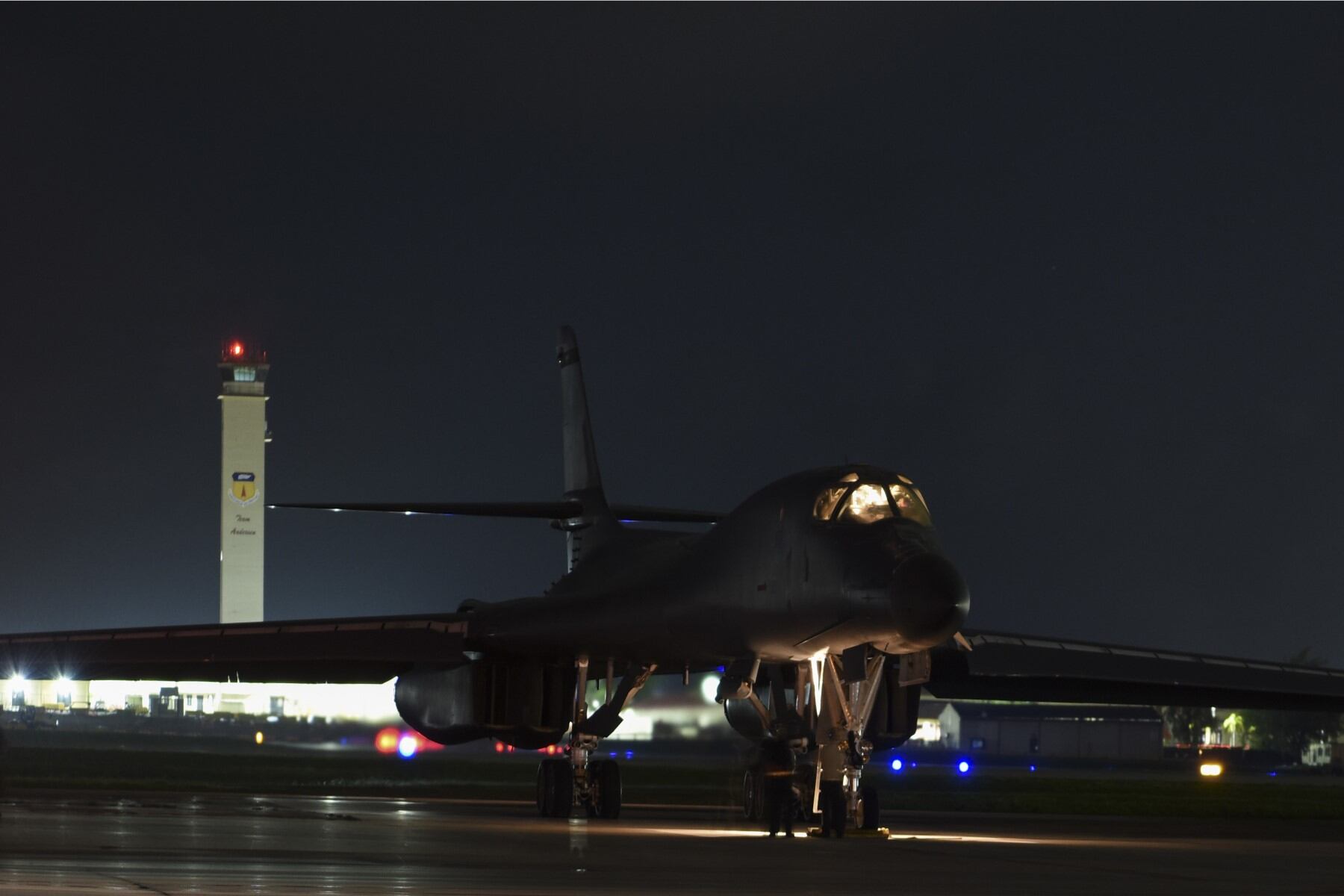In 2012, at a range in Utah, the Air Force tested the deployment of a missile that could be launched into enemy airspace, sending out bursts of microwave energy to disable electronic devices such as computers, radar systems and possibly even an ICBM.
The program, Counter-electronics High-powered Microwave Advanced Missile Project (CHAMP), is making headlines this week for a few reasons. First, it’s a non-kinetic weapon, meaning no collateral damage. Second, it may be a practical solution to a possible ICBM launch by North Korea.
“We hit every target we wanted to. ... Today we made science-fiction science-fact,” said Keith Coleman, Boeing’s CHAMP program manager, after the 2012 test. “In the near future, this technology may be used to render an enemy’s electronic and data systems useless even before the first troops or aircraft arrive.”
That optimism has fueled White House and defense officials’ consideration of ways CHAMP could be used to stop a North Korean missile from launching, according to an NBC Nightly News report.
The idea proposed: Fit the CHAMP device onto an air-launched cruise missile fired by a large bomber into enemy airspace while emitting pulses of microwave energy. The microwave signal would then fry electronic circuits within its range.
Sen. Martin Heinrich, D-N.M., a member of the Senate Armed Services Committee and a former engineer at the Air Force Research Laboratory, had a more succinct explanation as to the weapon’s effects.
“Think about when you put something in your microwave that has metal on it,” Heinrich told NBC News. “You know how badly that goes? Imagine directing those microwaves at someone’s electronics.”
If the non-lethal weapon were selected to counter a nuclear weapon, the Air Force does have a cache that remains available, Gen Herbert Carlisle, the head of Air Combat Command, told Flightglobal in March 2016.
“We have kept some, it’s a very small number, so we have some capability with it now. Our intent is to move that to the next weapon, a more advanced weapon, and continue to modernize it,” Carlisle said.
Indeed, two Air Force officials with knowledge of the plans being brainstormed suggest that CHAMP could be ready to go in a matter of days, according to NBC News.
The problem with such a plan, according to Jeffrey Lewis, an adjunct professor at the Middlebury Institute of International Studies at Monterey in California, is that the payload of a cruise missile isn’t going to be obvious to the recipient.
“The North Koreans would see many of these missiles flying in,” Lewis told CNN. “They would try to shoot them down. They’re not actually going to know that they’re armed with high-powered microwaves instead of, say, conventional explosives or even nuclear weapons.”
Although the weapon wouldn’t impact the target itself, it would have to be employed from a relatively close range for the microwaves to reach their intended target, according to Sean Gallagher, Ars Technica’s IT Editor.
CHAMP could therefore look to North Koreans like any other cruise missile. The presence of that missile over North Korean airspace just before a failed ICBM launch “would likely be met with the same sort of reaction as a conventional weapons strike,” Gallagher writes.
Kyle Rempfer was an editor and reporter who has covered combat operations, criminal cases, foreign military assistance and training accidents. Before entering journalism, Kyle served in U.S. Air Force Special Tactics and deployed in 2014 to Paktika Province, Afghanistan, and Baghdad, Iraq.




